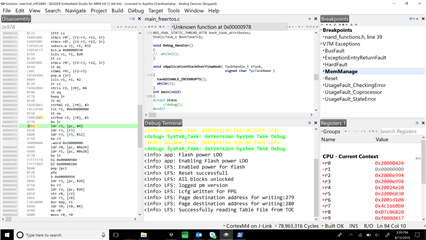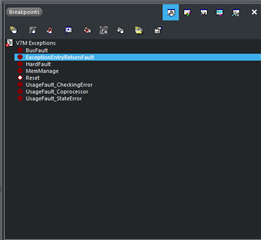Recently, we are using Nordic resources and developing our own application. We have blue tooth integrated in app, also we have display and our own file system integrated on our system. But , recently while debugging, after display got integrated , debugger automatically goes to unknown function at address 0x00000978. I researched what is it, came to know its soft device address and hence commented out blue tooth initialization from code. Also, I tried using IAR as similar segger, this doesn't go to unknown function but when debugger is paused it would have landed up in hard fault handler. This issue going to unknown function is there in debug mode, in release mode it will keep running not going to that address , but main file logging stops after may be 3 pages of flash memory. SO , couple of questions.
1. What is the difference between debug and release mode?
2. What is the difference between segger and IAR?
3. I am unable to see stack frame , list of functions how it landed up to this unknown function? How will I check from which function this issue is happening ?
If any help please do let me know.
Regards
Arpitha M C




